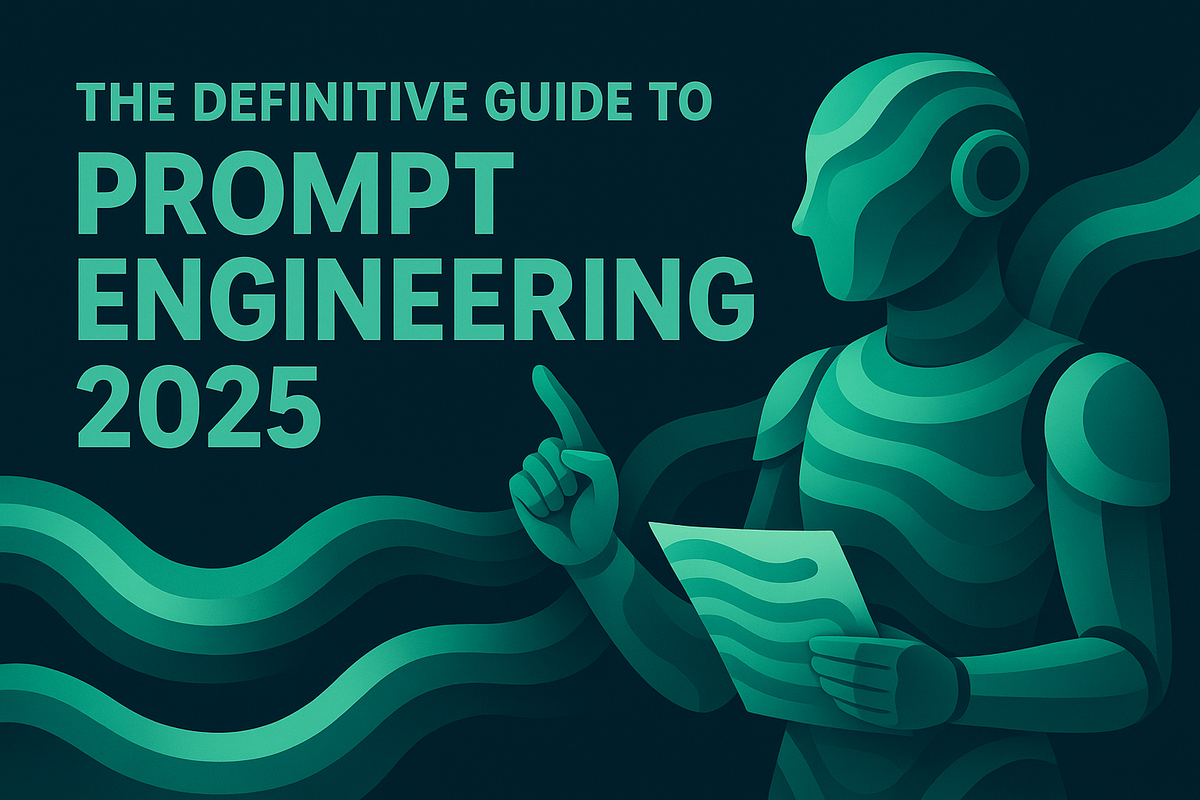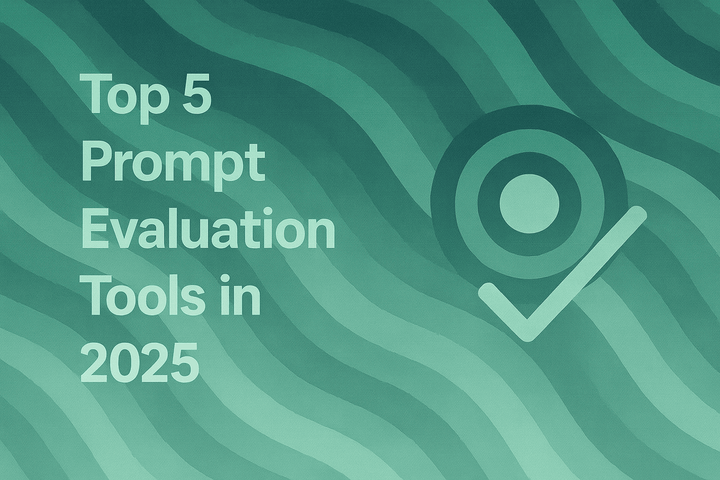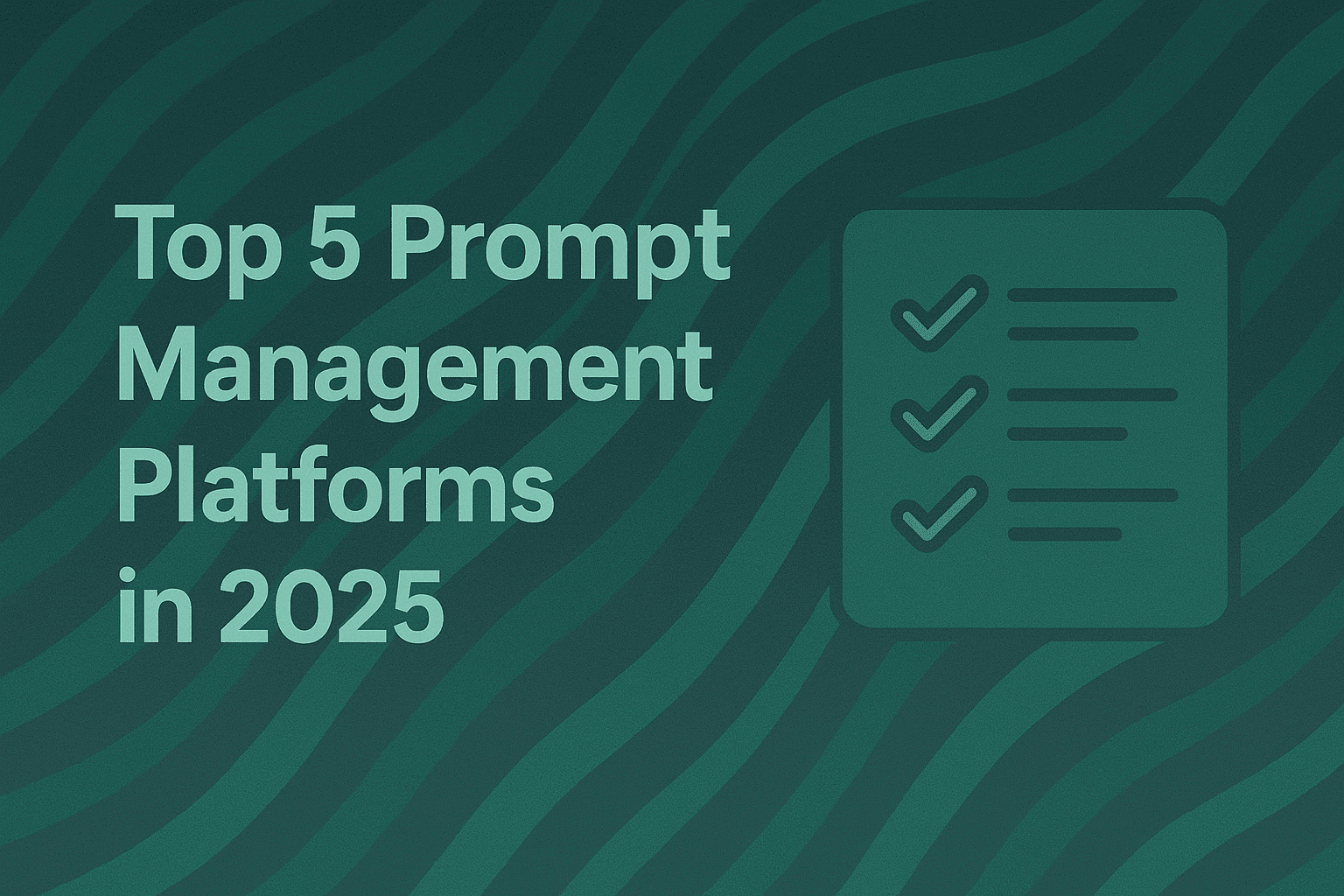The Definitive Guide to Prompt Engineering 2025

Prompt engineering has emerged as a critical discipline for developing and optimizing interactions with large language models (LLMs). As organizations increasingly deploy AI applications in production, the ability to craft effective prompts directly impacts application quality, reliability, and user experience.
What is Prompt Engineering?
Prompt engineering is the process of structuring instructions to produce better outputs from generative AI models. It involves designing and optimizing prompts to guide AI models toward generating desired responses by providing context, instructions, and examples that help the model understand intent.
A prompt is natural language text describing the task an AI should perform, which can range from a simple query to complex instructions including context and conversation history. For text-to-image models, prompts typically describe desired outputs in detail, while for language models, prompts may specify style, format, or provide relevant background information.
Why Prompt Engineering Matters
The effectiveness of AI applications depends heavily on prompt quality. Well-crafted prompts lead to more accurate, relevant, and informative outputs from AI models by providing clear instructions and context. Research demonstrates that LLMs are highly sensitive to prompt variations, with studies showing accuracy differences of up to 76 points across different prompt formats.
Beyond accuracy, prompt engineering serves several critical functions:
- Bias Mitigation: Careful control of input helps mitigate bias and minimize the risk of generating inappropriate content.
- Behavior Control: Organizations can influence AI behavior to ensure consistent and predictable responses aligned with desired outcomes.
- Enhanced Usability: Clear prompts make it easier for users to interact effectively with AI models, leading to more intuitive experiences.
Core Prompting Techniques
Zero-Shot Prompting
Zero-shot prompting involves providing the model with a direct instruction or question without additional context or examples. This approach works well for straightforward tasks where the model has sufficient training to understand the request immediately. Common use cases include summarization, translation, and basic question answering.
Few-Shot Prompting
Few-shot learning provides the model with one or more examples of desired input-output pairs before presenting the actual prompt, helping the model better understand the task and generate more accurate responses. This technique proves particularly effective when working with specialized formats or domain-specific outputs.
Chain-of-Thought (CoT) Prompting
According to Google Research, chain-of-thought prompting allows large language models to solve problems as a series of intermediate steps before giving a final answer. In 2022, Google Brain reported that chain-of-thought prompting improves reasoning ability by inducing the model to answer multi-step problems with steps of reasoning that mimic a train of thought.
For example, instead of asking "What is 23 - 20 + 6?", a CoT prompt might be: "The cafeteria had 23 apples. If they used 20 to make lunch and bought 6 more, how many apples do they have? Let's think step by step."
Simply appending the words "Let's think step-by-step" was shown to be effective, allowing CoT to be employed as a zero-shot technique.
Advanced Techniques
Self-Consistency performs several chain-of-thought rollouts, then selects the most commonly reached conclusion out of all the rollouts. Tree-of-thought prompting generalizes chain-of-thought by generating multiple lines of reasoning in parallel, with the ability to backtrack or explore other paths using tree search algorithms.
Best Practices for Effective Prompts
Be Clear and Specific
Use action verbs to specify the desired action, define the desired length and format of the output, and specify the target audience. Instead of "Write something about climate change," use "Write a 500-word essay discussing the impact of climate change on coastal communities."
Provide Context and Examples
Including relevant facts, referencing specific sources or documents, and defining key terms helps the AI understand the desired task and generate more accurate outputs. When working with complex domains, providing context significantly improves response quality.
Use Precise Language
Avoid ambiguity, quantify requests whenever possible, and break down complex tasks into smaller steps. For instance, instead of asking for "a long poem," specify "a sonnet with 14 lines exploring themes of love and loss."
Iterate and Refine
Try different phrasings and keywords, adjust the level of detail and specificity, and test different prompt lengths to find the optimal balance. Prompt engineering is inherently iterative, requiring experimentation to identify what works best for specific use cases.
The Challenge of Prompt Management
As AI applications scale from experimentation to production, organizations face significant challenges in managing prompts effectively. Teams need to version prompts, track performance across different variations, collaborate on improvements, and ensure consistency across deployments. Manual approaches to prompt management become untenable as the number of prompts and use cases grows.
This is where platforms purpose-built for AI development become essential. Organizations need systematic approaches to organize prompts, evaluate their effectiveness, and deploy them reliably in production environments.
How Maxim AI Streamlines Prompt Engineering
Maxim AI provides an end-to-end platform for prompt engineering and management that addresses these challenges. Through Playground++, teams can rapidly iterate on prompts, organize and version them directly from the UI, and deploy them with different variables and experimentation strategies without code changes.
The platform's evaluation framework enables teams to measure prompt quality quantitatively using AI, programmatic, or statistical evaluators. Teams can visualize evaluation runs on large test suites across multiple versions of prompts or workflows, making it easy to identify which prompt variations perform best.
For production deployments, Maxim's observability suite allows teams to monitor real-time production logs and run periodic quality checks to ensure reliability. This creates a feedback loop where production data informs prompt improvements, which can then be tested and deployed systematically.
The platform's data engine enables seamless dataset curation for evaluation and fine-tuning needs. Teams can import datasets, continuously curate and evolve them from production data, and create data splits for targeted evaluations and experiments.
By bringing prompt engineering, evaluation, and observability together in a unified platform, Maxim AI enables cross-functional teams to collaborate effectively throughout the AI application lifecycle. Product managers can configure evaluations without code, while engineers maintain full control through performant SDKs in Python, TypeScript, Java, and Go.
Getting Started with Systematic Prompt Engineering
The shift from ad-hoc prompt engineering to systematic prompt management marks a critical maturity milestone for AI teams. Rather than treating prompts as throwaway code snippets, leading organizations now version them like any other critical application component, evaluate them rigorously, and monitor their performance in production.
This systematic approach requires tooling that supports rapid iteration in development while providing guardrails for production deployment. It requires evaluation frameworks that can measure both objective metrics and subjective quality. Most importantly, it requires platforms that bring together prompt engineering, simulation, evaluation, and observability in ways that support how AI teams actually work.
Whether you're building conversational AI, implementing RAG systems, or deploying multi-agent workflows, effective prompt engineering remains foundational to application quality. The techniques outlined in this guide (from basic zero-shot prompting to advanced chain-of-thought reasoning) provide the building blocks. But converting these techniques into production-ready AI applications requires infrastructure that supports experimentation, measurement, and continuous improvement.
Conclusion
Prompt engineering combines art and science. While core techniques like chain-of-thought prompting and few-shot learning provide proven approaches, their effective application requires experimentation, measurement, and iteration. As AI models continue to evolve, the fundamentals of clear instructions, appropriate context, and systematic evaluation remain constant.
Organizations that invest in systematic prompt engineering (supported by proper tooling and processes) position themselves to build more reliable, higher-quality AI applications. The difference between effective and ineffective prompts often determines whether AI applications deliver genuine value or fall short of expectations.
Ready to transform your prompt engineering workflow? Schedule a demo to see how Maxim AI can help your team ship AI applications more reliably and 5x faster.


